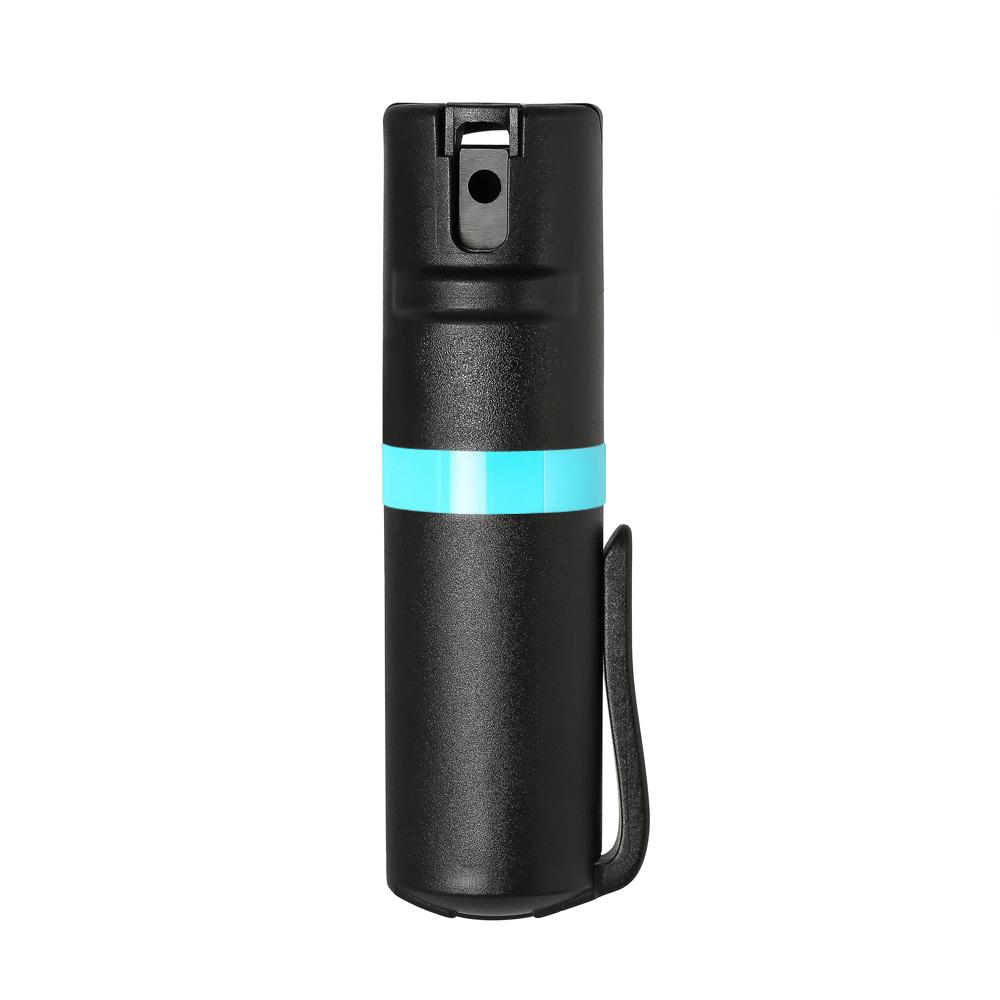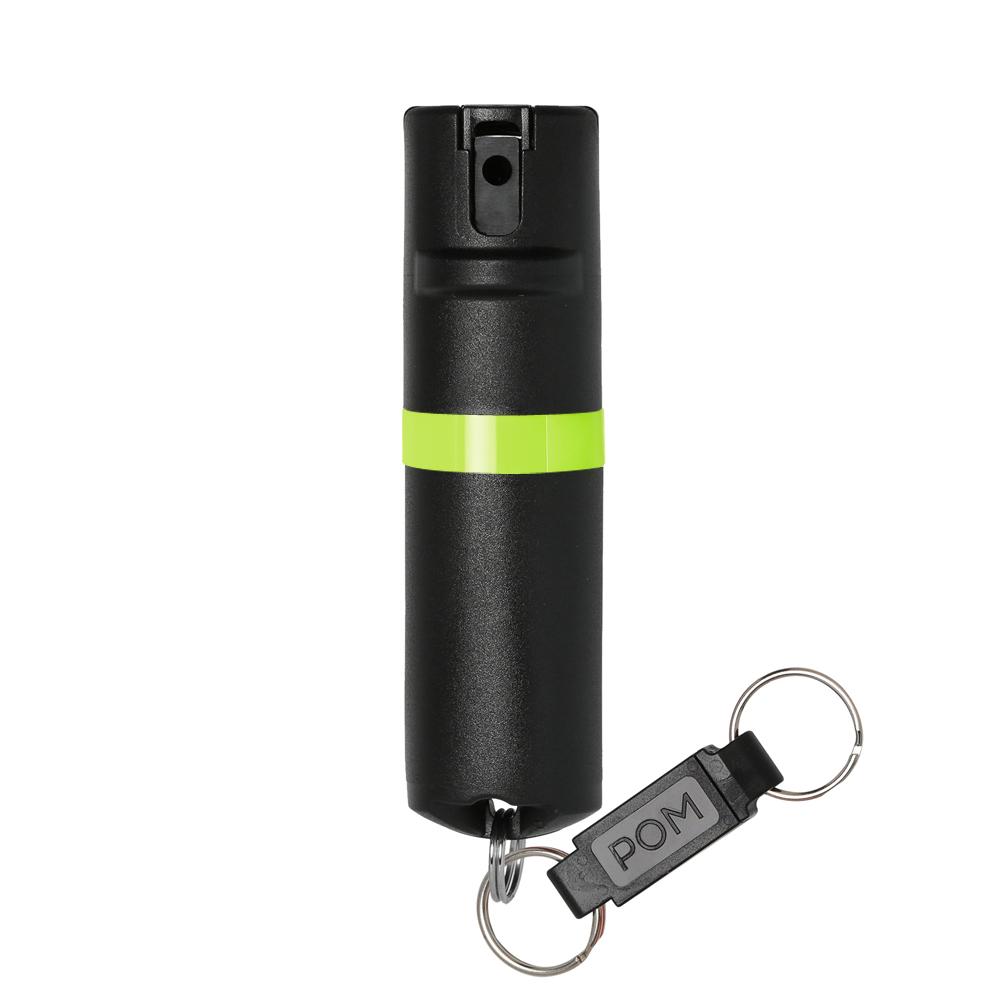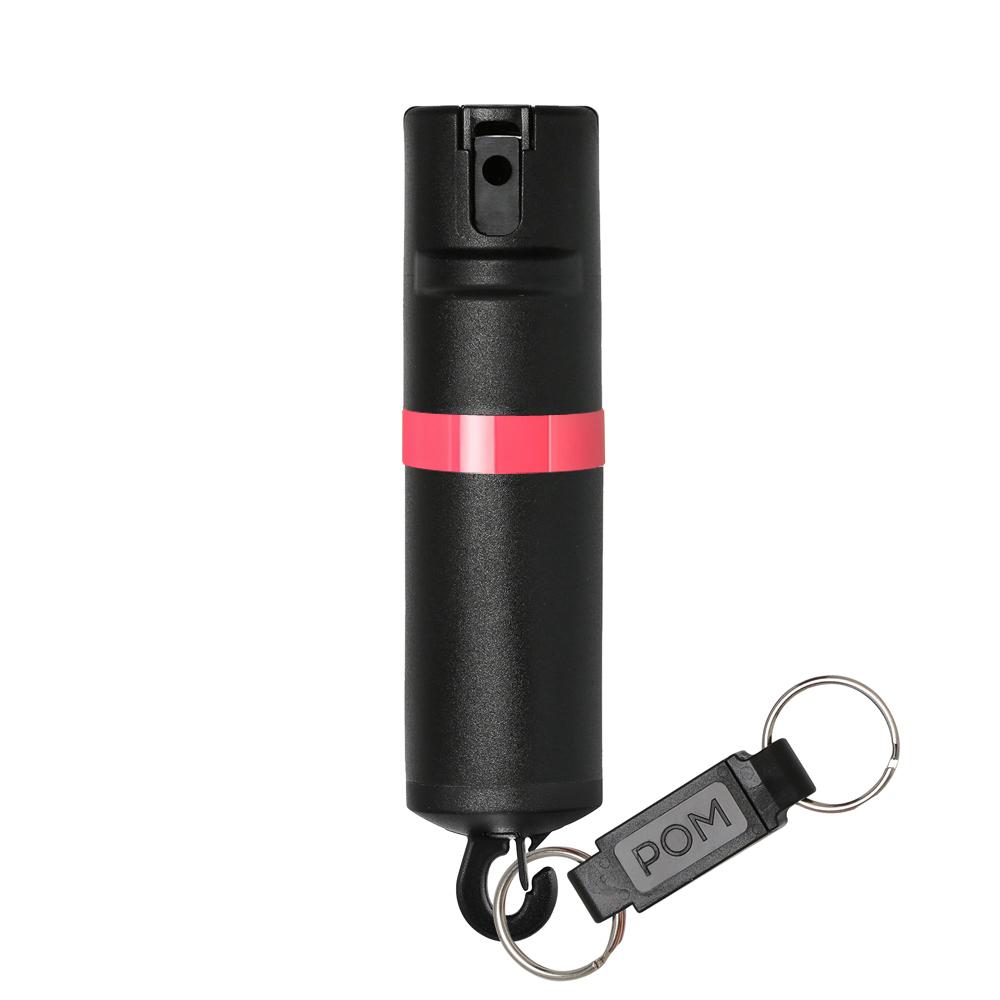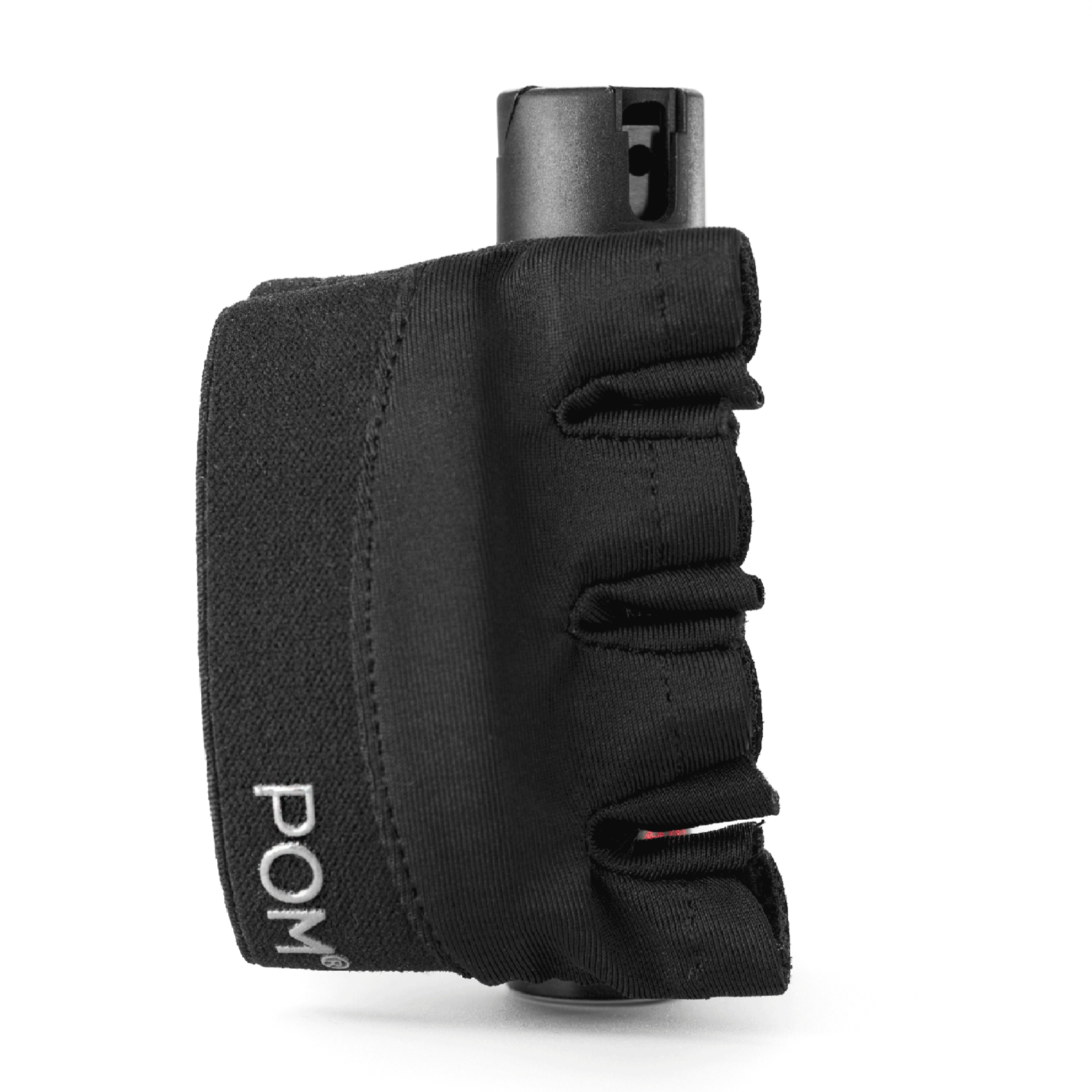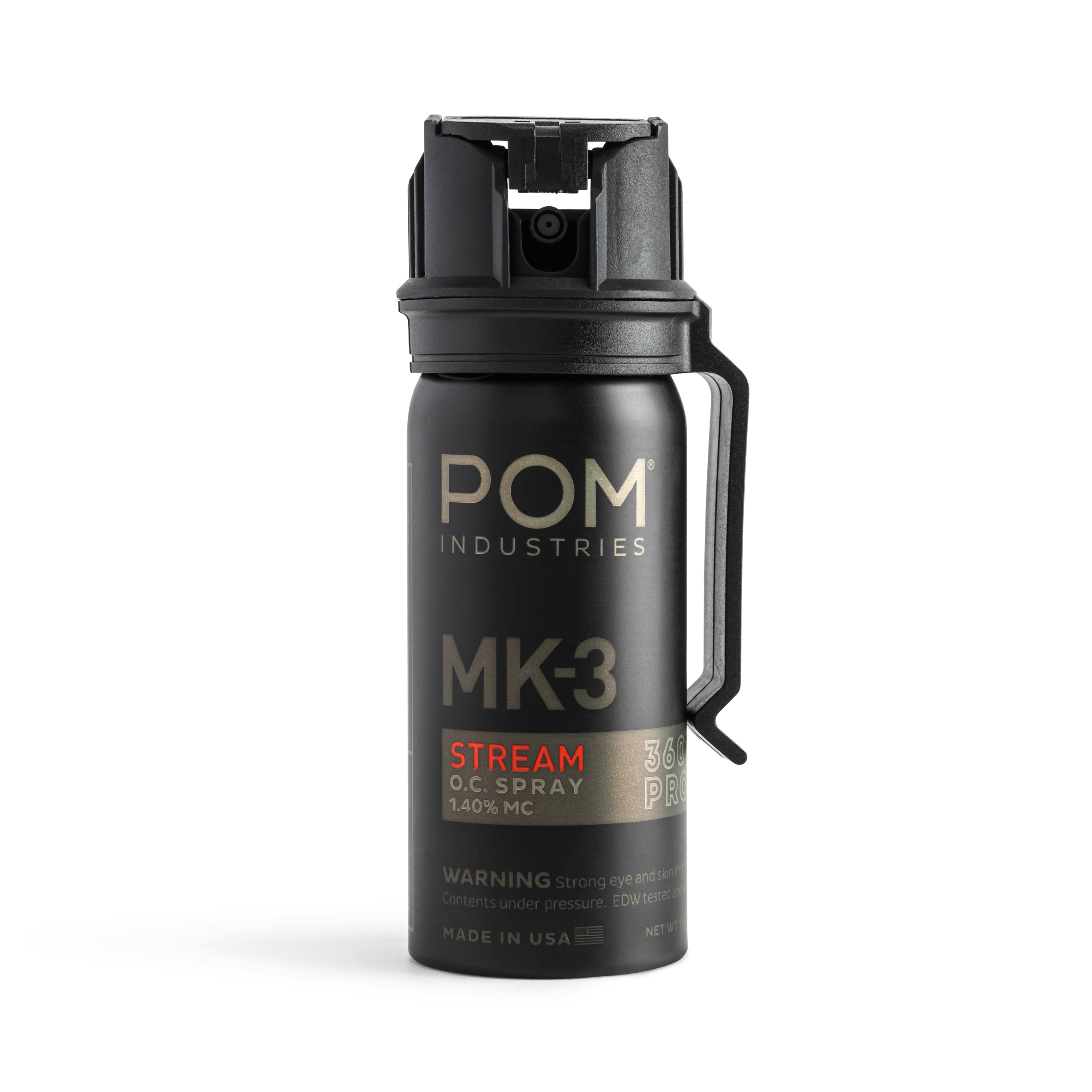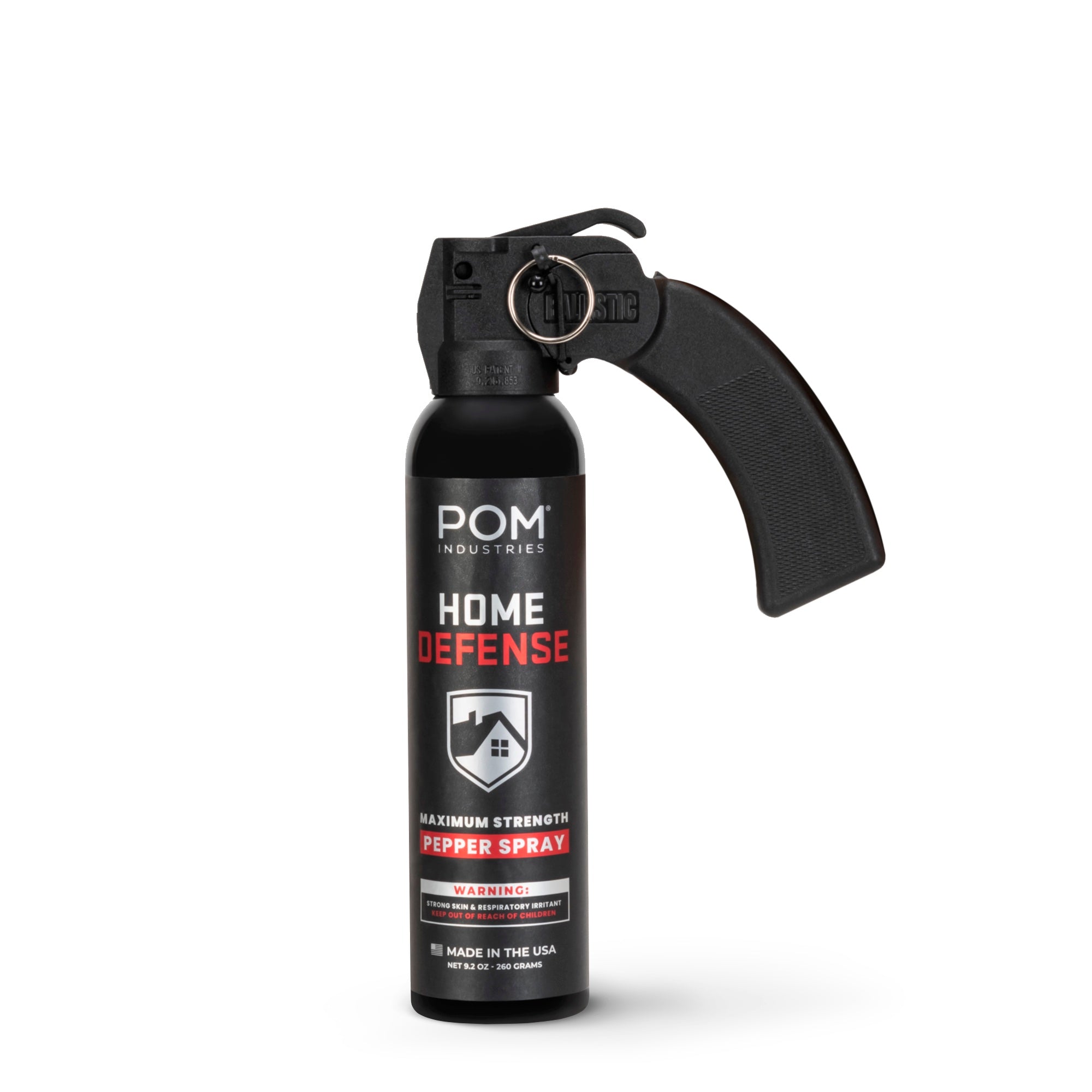Understanding the Need for Self-Defense Tools in Schools

In recent times, ensuring the safety and security of students has become a paramount concern for schools across the globe. As educational institutions strive to create a secure learning environment, the implementation of self-defense tools has emerged as a crucial strategy. This blog aims to shed light on the importance of integrating self-defense tools in schools, emphasizing the role they play in safeguarding students and fostering a sense of empowerment.
Enhancing Situational Awareness as a Safety Measure for School Children
The current state of the world can be alarming for parents with children attending school. According to ABC News, there have been 149 mass shootings in 2023, surpassing the number of days in the calendar year. Regrettably, schools often become the unfortunate setting for these deeply distressing incidents.
Rather than sharing these statistics to instill fear in those already anxious and frustrated, we intend to highlight that there are still viable options for personal safety for both you and your children. One such option is the practice of situational awareness, and encouraging children to adopt this mindset can contribute to their overall safety.
How to Acquire Situational Awareness

Situational awareness involves actively understanding the happenings in your surroundings whether you're at home, at work, or moving about. It entails keenly observing your own and others' behaviors and promptly addressing anything that appears unusual. A person with situational awareness trusts their instincts when something feels amiss and takes decisive actions, such as leaving, altering their route, informing an authority figure, or implementing other precautionary measures.
Consider this scenario: Imagine a child who typically exhibits joy and good health suddenly experiences sleep difficulties, appears irritable, withdraws from activities, and avoids play. These behavioral changes raise concerns about the child's well-being. A parent with situational awareness would notice these deviations, inquire into the situation, and take appropriate actions. They wouldn't disregard important cues or assume that everything will resolve itself, recognizing the significance of investigating and addressing potential issues.
Discussing Situational Awareness with Children
Kids practice what to do in case of a dangerous situation at school, like a drill for emergencies. While no parent wishes to burden their child further, engaging in conversations about situational awareness can be a proactive measure to prevent trauma. Moreover, instilling awareness in your child can enhance their confidence and contribute to personal safety. The key is to make these discussions enjoyable and captivating.
Initiating such talks can be as straightforward as stating, “We want to teach you how to stay safe by being more aware. Let's make it a game the next time we go out for dinner.” Subsequently, during your next restaurant visit, encourage your child to engage in a fun observational game. Prompt them to identify the number of exits, estimate someone's age, or locate a specific color in the surroundings. Through this game, your child learns the importance of being observant and practicing situational awareness.
Conclusion:
In an era where ensuring student safety is of utmost importance, understanding the need for self-defense tools in schools is a proactive step toward creating secure learning environments. Pom Pepper Spray, with its emphasis on empowerment, deterrence, emergency preparedness, and personal responsibility, serves as a valuable asset in the broader effort to safeguard students. By promoting a culture of safety and preparedness, schools can foster an environment where students can focus on learning and personal growth without compromising their well-being.
